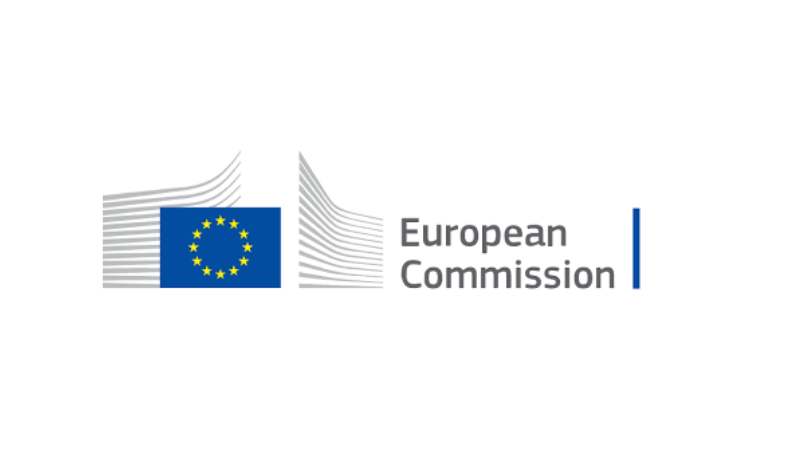Since writing on a consolidated tape in ETF Insider last year, the future of a tape for the European ETF market remains in the hands of the European Commission, which announced earlier this year that it plans to focus its efforts on provisioning a tape for equities and bonds.
The ETF industry has been very supportive of the inclusion of ETFs as part of an equities tape due to the nature of trading, exchanges and data requirements shared between them.
The absence of a real-time consolidated tape and the subsequent lack of transparency is felt far and wide across the ETF ecosystem, both at a regional and sector level.
Asian, Latin American and even European investors are allocating capital to US ETFs despite the great fiscal appeal and advantage of the UCITS wrapper due to US withholding tax.
This tax has an impact on the overall annual return of the fund to the investor and can be detrimental for non-US clients on an ongoing basis.
Material impacts have been felt on equities within small and mid-cap sectors too. From the buy side perspective, assets – both active and passive (including ETFs) managers – are managed against investment criteria such as the liquidity of underlying securities.
Due to the lack of consolidated reporting on volumes traded in the securities, and the consequential perceived lack of liquidity, smaller, or securities that are seen as less liquid, are either excluded from the security selection process or traded at a smaller than potential size to avoid a perceived market impact.
In either case, capital flow is directed away from European small and mid-cap stocks, hindering potential growth prospects of the sectors that regulators and capital market entities want to support.
Insights can be taken from the US on what future implementation of a consolidated tape could look like. It is evident that the fragmented nature of the European market will pose great challenges without such a solution.
The US has a single body to govern, administer and enforce standards. Fines and sanctions for non-compliance are in place and the power to revoke a dealer license can also be enforced.
Additionally, contribution to the tape is mandated and, encouragingly, there are talks of such a mandated contribution in the MiFIR review. The undecided point for clarification here is if the price of the data will be determined by the central tape administrator. This would allow a new pricing model to evolve, rewarding those with the best contributions.
However, if we have competing tape providers under MiFIR then this will be more difficult to implement, with retained fragmentation due to multiple vendors.
Also, holding entities accountable to provide a solution within a specified timeframe will be challenging. Hence, the industry consensus is to initially implement under a single provider and incorporate additional providers as part of a proceeding iteration.
MiFIR already provides a framework for a consolidated tape, yet structural difficulties have stunted progress such as a lack of commercial incentives and governance to enforce implementation.
Also, fragmentation of venues, clarity as to how the consolidated tape providers should procure market data as well as ensure accuracy and standardisation of market data.
These commercial incentives stem from the vested interest of certain venues that mistakenly believe their current revenues from the sale of their pre and post-trade data would be compromised while failing to see the revenue-making opportunity via the revenue-sharing model that the consolidated tape provider will follow – of which trading venues would be the beneficiary.
Increased transparency and confidence will also likely lead to more usage by clients, especially in some of the smaller markets, so the pie of revenue will very likely grow.
Market structure needs to be prioritised here, in terms of how we can get the right results for investors. We need to look at the democratisation of data, serving to increase transparency across the value chain, granting investors access to fair and effective pricing, assisting in best execution and market supervision.
This is not a technology problem. This is a governance, fragmentation and data quality complication that needs to be resolved, however, we must not lose sight of the tape.
We need the European Commission and regulators to see the value opportunity here, to add growth to the capital markets union, significantly expand global integration and become a region of choice for capital flow. We have the tools, now we need help from regulators to drive this forward.
Keshava Shastry is head of capital markets at DWS, chair of ETF task force at EFAMA and chair of the ETF committee at the Investment Association
This article first appeared in ETF Insider, ETF Stream's monthly ETF magazine for professional investors in Europe. To access the full issue, click here.
Related articles




